The 600-HP Eighties Supercar Ferrari Wouldn't Sell You
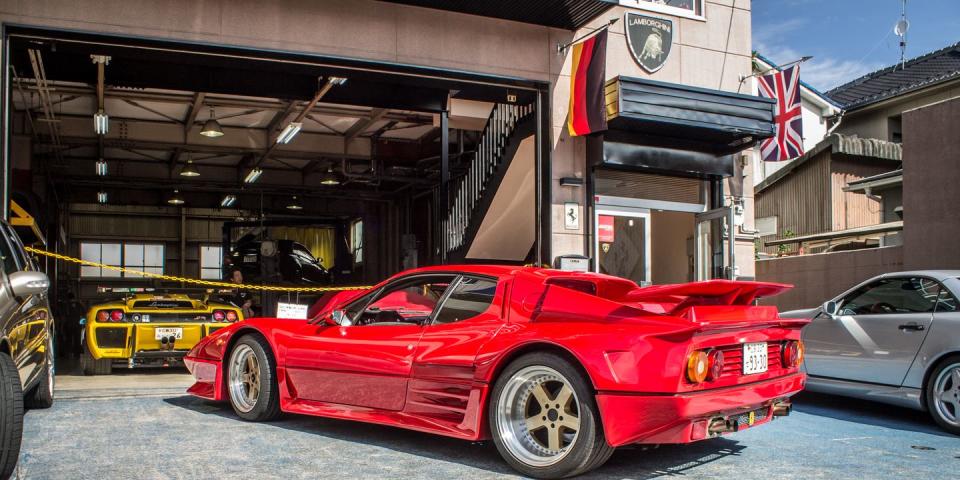
In German, König means “King.” As twin-turbochargers spool up, firing boost into the widebody Ferrari's twelve-cylinder heart, there comes an authoritative, spleen crushing surge: automotive royalty is on the move. A heavily modified 512 Berlinetta Boxer leaps forward on a highway in rural Hiroshima, snapping past a pair of much younger Lamborghini Diablo GT-Rs. The driver lifts slightly before grabbing the next gear, then the cramped cabin once again fills with a roar and a rush. It's good to be the king.
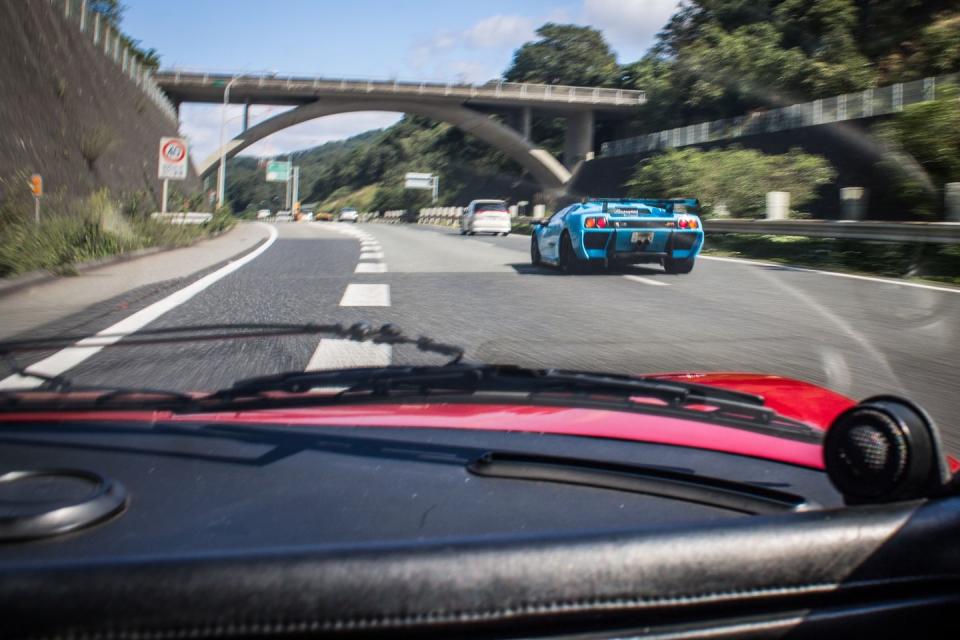
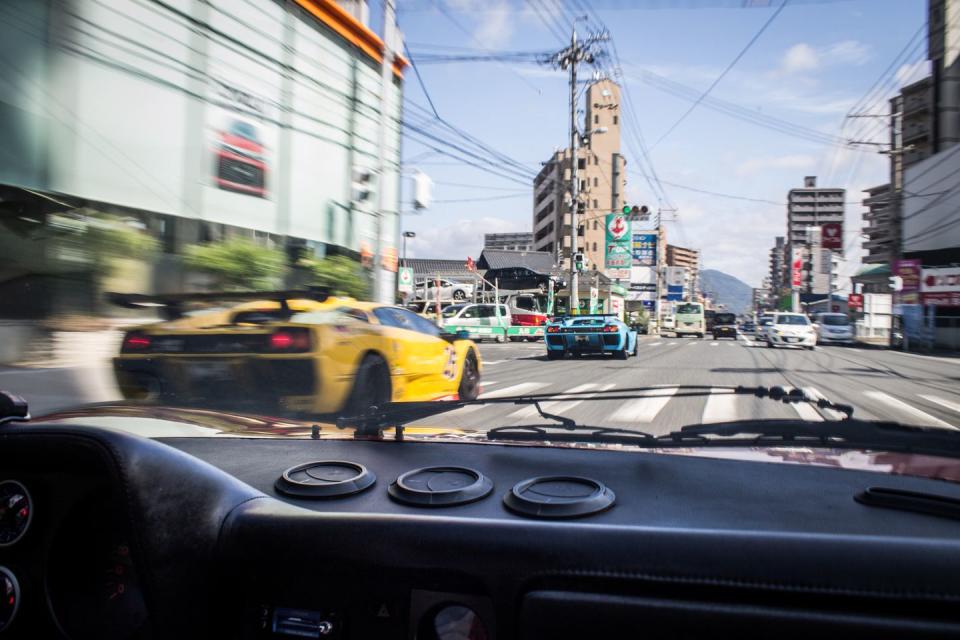
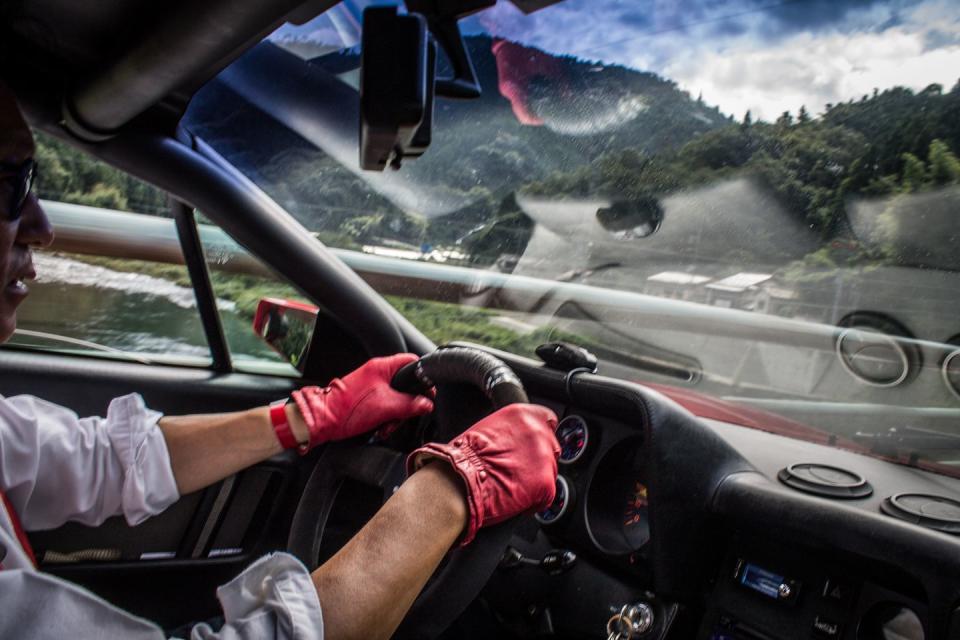
This is a Ferrari 512 BBi, but it is no ordinary one. It's a Koenig Special, a symbol of 1980s excess that could make even a Countach seem restrained. Complete with widebody, side-strakes, a multi-layered spoiler out back, and an interior fitted with racing harnesses and a rollcage, it is about as wild as a Ferrari road car gets. Even more impressive is the amount of power the flat-12 produces. Thanks to forced induction, this thing's cranking out somewhere north of 600 hp.
Today, a modern 296 GTB makes more power out of a twin-turbocharged 3.0L V6, even before you add up what the electric motors of the hybrid drive contribute. But this BBi made that kind of power 40 years ago, back when the Corvette was making scarcely 200 hp. No wonder this car looks like an accident at a fiberglass factory set to an Eddie Van Halen solo; it's got more than three Corvettes under its skin.
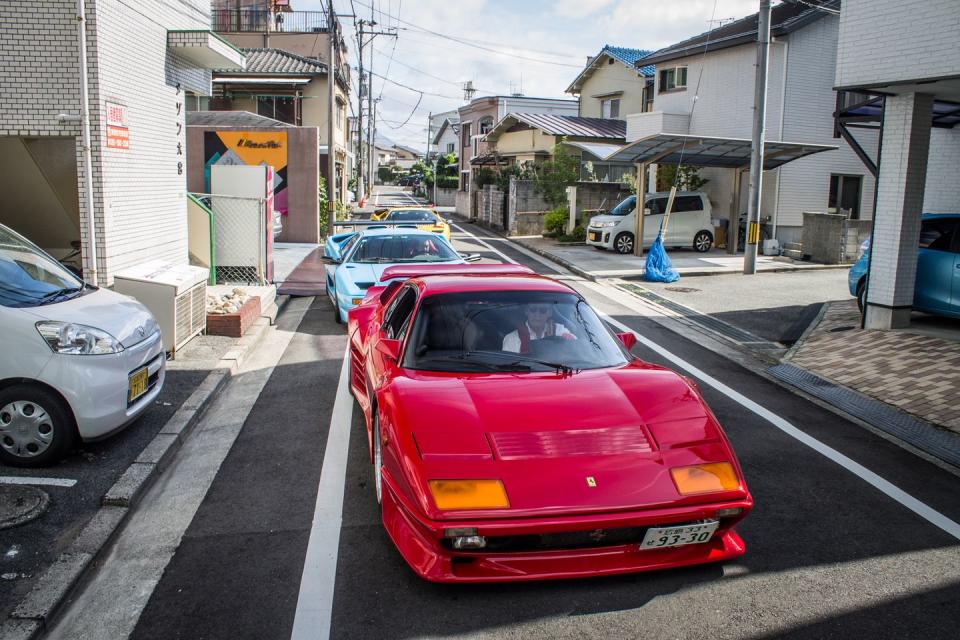
Back in the early 1980s, long before the Porsche 959 and Ferrari F40 arrived to redefine what supercars could achieve, the Koenig Specials 512 BBi ruled the road with an iron fist. Er, fiberglass fist. It was one of a breed of machines that are unmatched today for sheer audacity of style and performance. Sure, Mansory will sell you a Lamborgini Urus with the Cheese Grater knob turned up to eleven, but that's just uglification. Willy König's work was something more special.
König was born in Germany just before the outbreak of WWII, and cut his teeth racing his mother's Ford on the weekends during the 1950s. He neglected to mention any of this to his mother, only to have the whole scheme come apart when a local newspaper published a story on one of his first place victories.
Still, the seed was planted, and König would have a varied and interesting racing career. In 1962, aged just twenty-four, he drove a Ferrari 250 GT to first place in the German Hillclimb championship, a feat impressive enough to attract attention from Enzo Ferrari himself. Invited to Maranello as a guest of honor, he eventually parlayed the connection into receiving the first 365 GT4 BB sold in Germany.
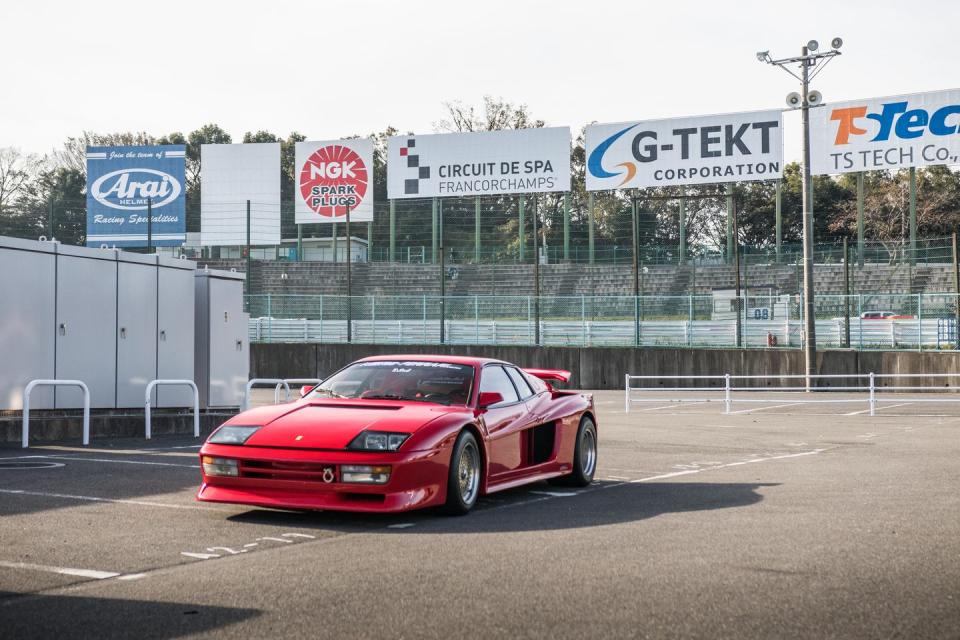
Details about how König made his initial fortune are a little thin: he is commonly noted as a printing and publishing magnate. He was successful enough in the 1960s and early 1970s to fund a series of very fast racing cars, everything from a Lola T70 to a Ford GT40. His professional racing career lasted until the end of the 1960s, at which point a sideline business in tuning became a larger interest.
Having spent the 1960s campaigning some pretty heavy-hitting racing machines, Willy König's new 365 GT4 BB was something of a let down. From the factory, the 365's flat-12 engine made a healthy 375 hp, but the car was too soft and insufficiently powerful–at least in König's view. He turbocharged the engine for extra torque and a peak of 450 hp, and retuned the suspension using relatively harsh Koni dampers with a lowered ride height.
A widebody kit was commissioned from a designer named Vittorio Strosek, a former protégé of the wonderfully deranged Luigi Colani. Strosek would have his own tuning operation in the 1980s, largely focused on Porsches, and the body he drew for König was fantastically daring.
Going around town in your heavily-modified machine complaining that Ferrari didn't build proper sportscars anymore is not a way to win friends in Maranello. Enzo was properly ticked off, doubly so when König decided to turn his tuning hobby into a business. In 1977, he founded Koenig Specials, adding the “e” to the name to differentiate the company from a large German Ferrari dealership. Once set up in Munich, Willy König began melting people's faces off.
Some of the Ferraris we covered, but there were others. If you felt your Ferrari 308 was lacking a little Magnum, Koenig Specials GmbH would set you up with a full package from turbocharging to suspension. You could have just the bodykit and a naturally aspirated performance tune for your 512 BB, or you could strap in for full twin-turbo power.
Perhaps gnarliest of all was when the Koenig treatment was applied to the Testarossa. Strosek's pen deleted the cars signature side-strakes, but the huge ducts that took their place were functional and necessary. At full boost, the twin-turbo treatment took the Testarossa's power output to a peak of 1000 hp, good enough to place it among the fastest cars of the world.
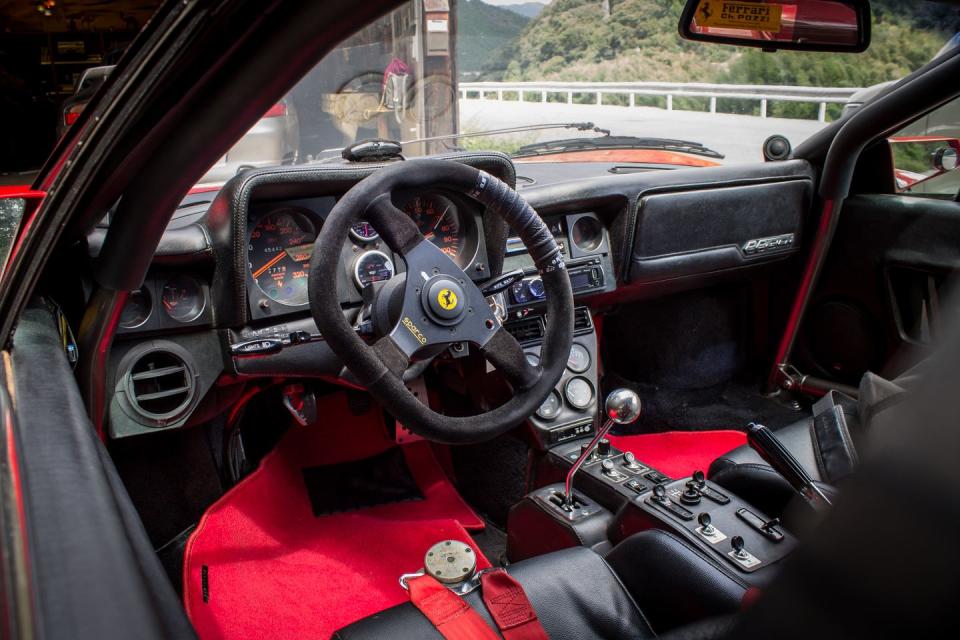
Though its Ferrari customers had the deepest pockets and received the most powerful modifications, there were many other Koenig Specials right up until the 1990s. BMWs, Mercedes, and Jaguars were all yuppie symbols of the era, and each one received the wild overstyling that was Koenig's signature. Modified Porsches were also part of the picture, both the 928 and the 911.
König himself returned to the racing circuit in the late 1980s and early 1990s, alongside his son Walter. They campaigned in the M1 Procar series, and Willy also raced both a Porsche 935 K3 and a 962. In the former, he survived a crash at over 155 mph at what is now the Red Bull Ring in Austria. For the latter, after Group C racing ended, Koenig specials bought up some leftover 962 chassis and converted three for road use, with a new carbonfiber body.
König is in his mid-80s now, and while Koenig still exists, the golden days of Euro-tuning are long gone. Fiberglass, turbochargers, and audacity is no longer the fearsome combination it once was. Besides, nearly all automakers seem to now have their own in-house skunkworks division, from Porsche's GT car program to BMW's M and Mercedes-AMG.
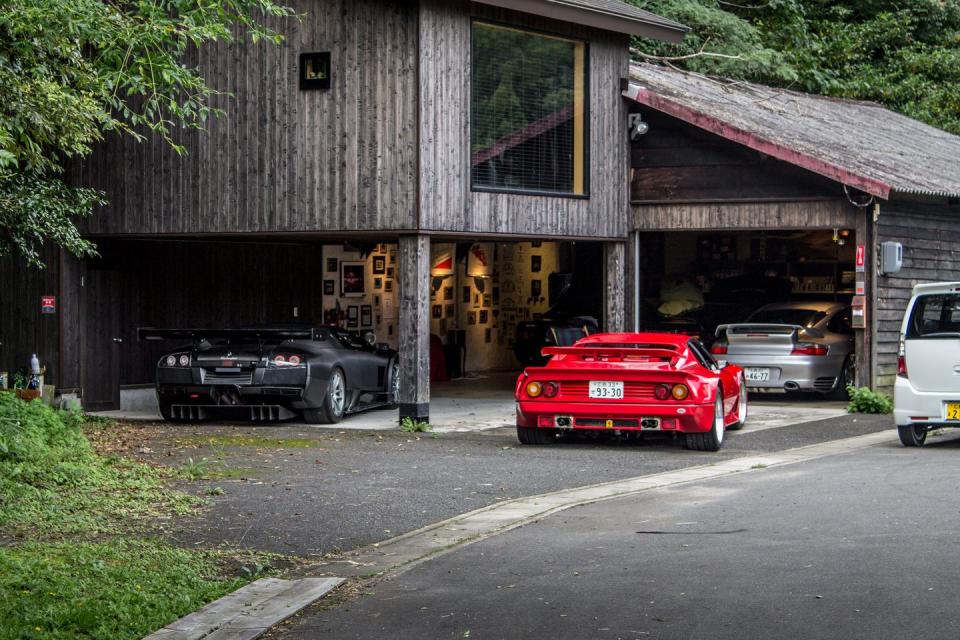
Once, though, the wildest and fastest Ferraris came not from Maranello itself, but from a quiet little shop in Munich run by a friendly but speed-obsessed Bavarian. Many have taken it upon themselves to improve the performance of cars that others deem too exotic to touch. Few succeeded the way Willy König did. All hail the king.
You Might Also Like

 Yahoo Autos
Yahoo Autos 